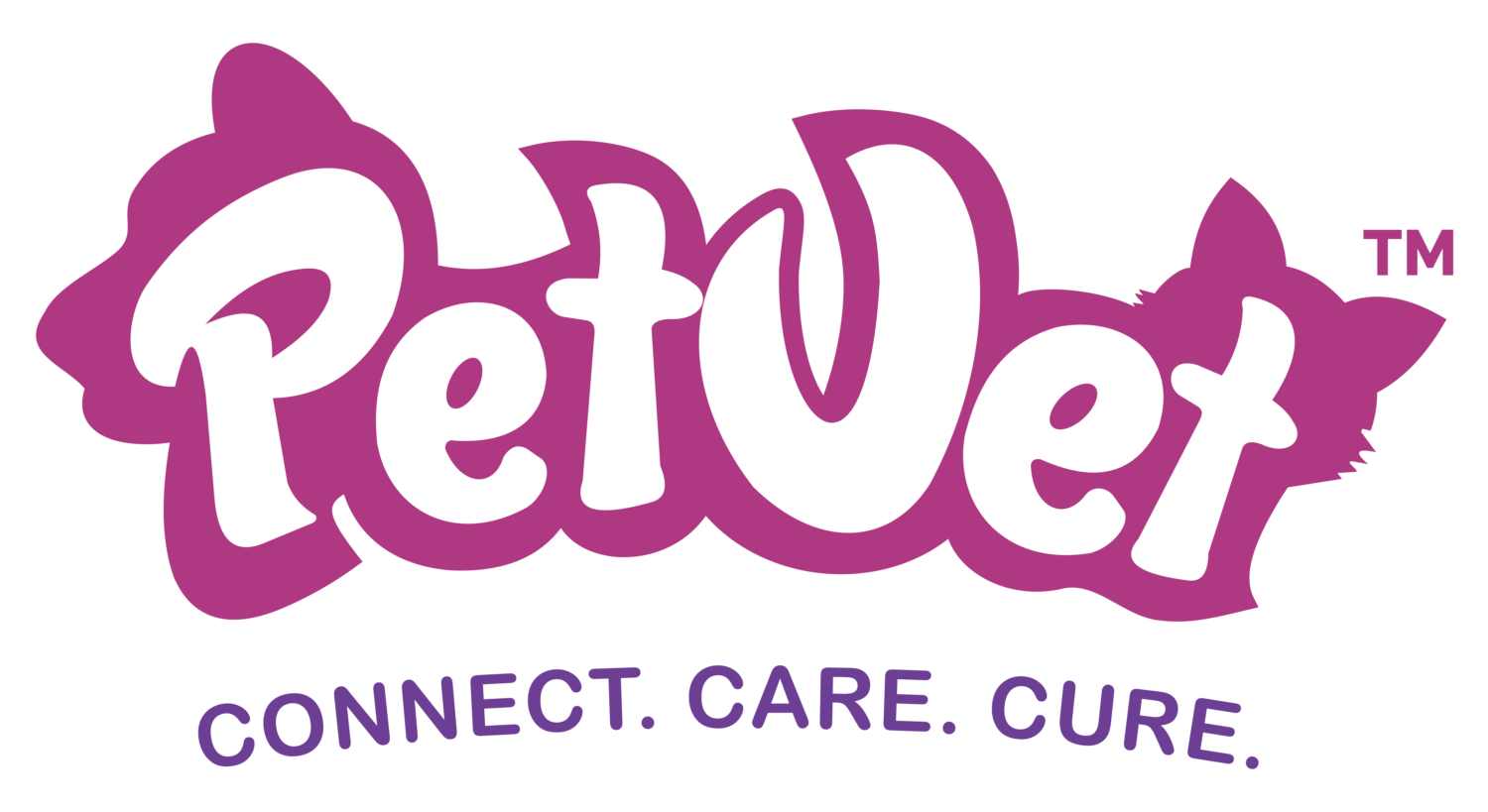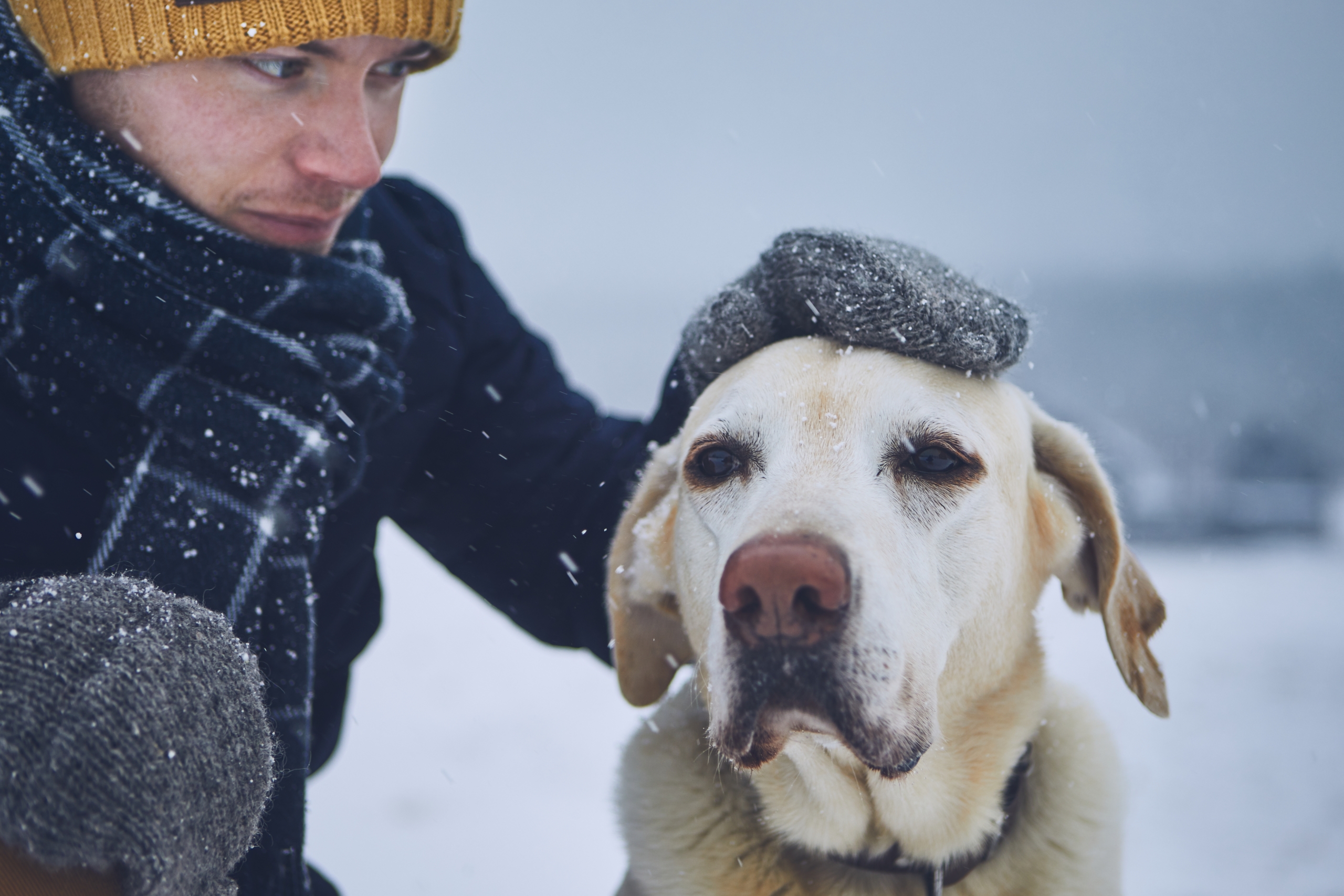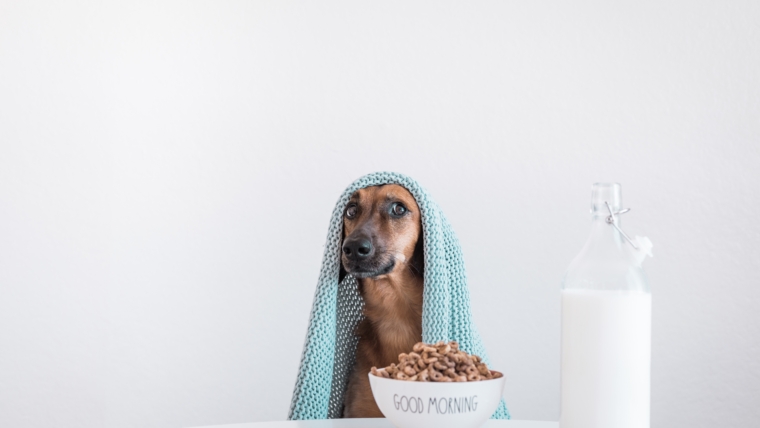If you’re a pet parent, you’ve probably noticed that there is a sense of relief that comes with knowing your pet is out of its “baby” stage- maybe your puppy finally pees outside or you can stop worrying about accidentally stepping on your kitten.
Thus, you know that there is a significant change in dependency and need as they grow older. However, there is another transition that comes after this- the geriatric stage.
This stage is often unheard of or even ignored completely, but is one that requires just as much thought, attention and care as when your pet was young. Just like humans, getting older for animals means change- from diet to overall lifestyle, and we all need a little help with that.
While the thought of your pet aging causes a different kind of pain, and the responsibility of providing that extra care sounds overwhelming, it isn’t too difficult once you learn the ropes. To make it easier for you, here are 10 things you should know about taking care of senior pets.
1. Animals age faster than humans
That’s right, animals do age faster than humans- including your pets. In fact, you will notice that from the moment they are born, they are able to mature a lot faster than us- many of them walk or crawl right after birth while human babies take months to do so.
To compare their rate of maturity, take a look at our chart below.
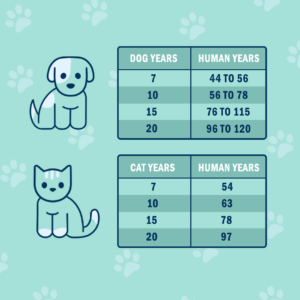
As you can see, one dog year or cat year is equivalent to that of multiple human years, which essentially means that they age faster.
2. They should visit the vet semi-annually
Geriatric pets are more at risk of falling ill and contracting other health-related issues, so we recommend bringing them in semi-annually. This allows us to detect these problems early on, and take the preventative measures needed to avoid them, or follow up with treatments to cure them before they worsen.
These checkups are similar to the ones done for younger pets, however they are more in-depth and often include segments like dental care, blood work and radiography to carry out more thorough tests for signs of diseases.
While many are in the habit of bringing their pets to the vet only when problems arise, they can be avoided as a whole with regular checkups.
3. They have different dietary requirements
You wouldn’t give an infant the same food you would give an adult, and probably wouldn’t give the same food to an elderly person either. Realistically, as we age, our dietary needs change, and our bodies lose the ability to handle certain foods- making them unideal for our consumption.
Similarly, geriatric pets too need foods that are easily digestible, and cater to their calorie and nutrient needs. As they grow older, your pets are likely to become less active. Thus, they will need fewer calories than when they were younger.
As for nutrients, senior pet diets would usually consist of less carbs and more protein, fiber and vitamins- all of which can be found in commercial-grade kibble specifically made for senior cats and dogs. However, if you choose to give your pet homemade meals, then it’s always best to consult your local vet for a customized meal plan.
Apart from that, ensure that your pets are drinking enough water and staying hydrated by frequently changing out their water bowl.
4. Their weight may fluctuate
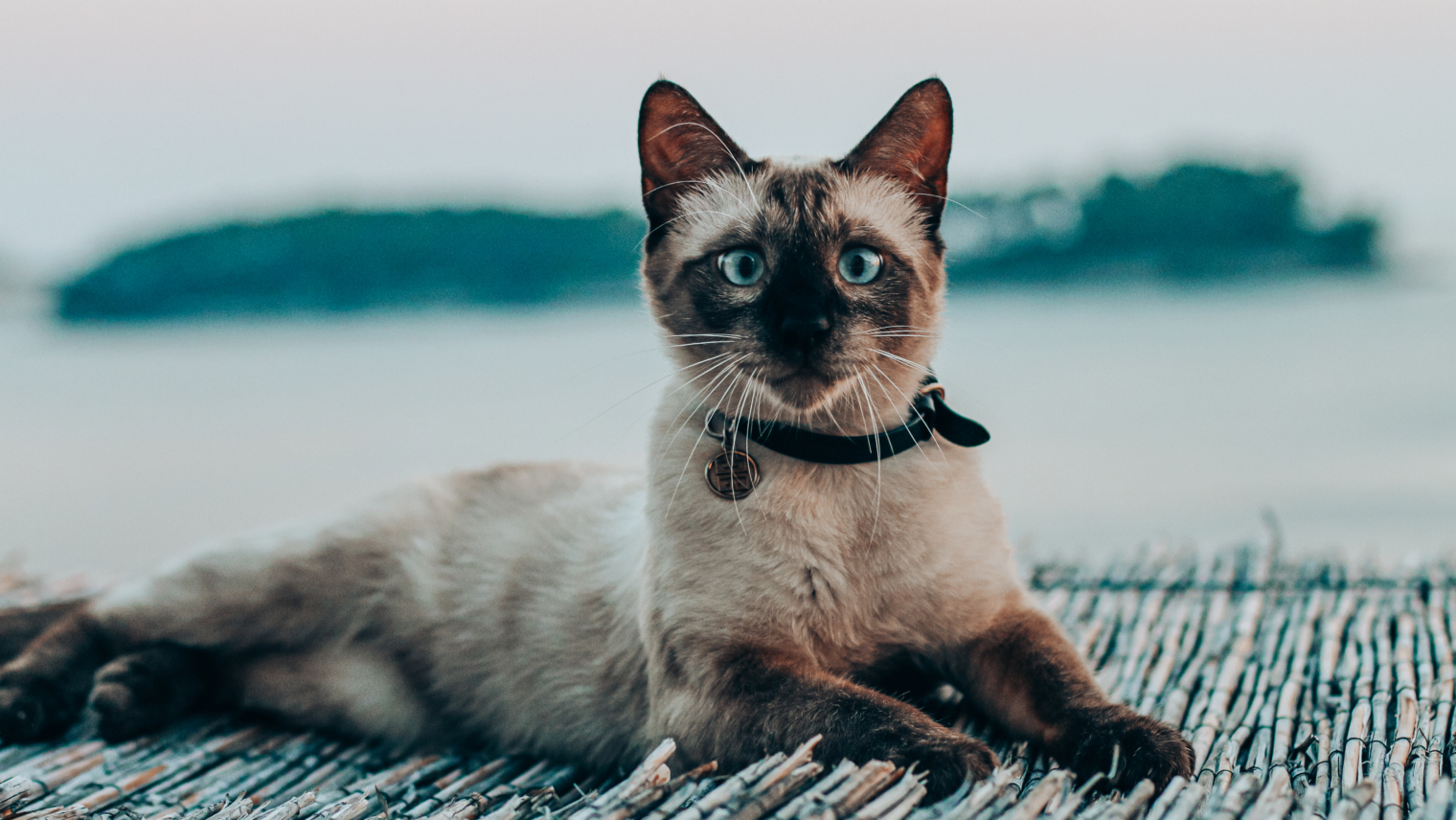
Weight gain is quite common among elderly dogs due to the fact that they are less active, as aforementioned. On the other hand, elderly cats tend to lose a significant amount of weight.
These fluctuations could increase the risk of painful health problems such as arthritis and other joint diseases, and should, therefore, be monitored.
5. They need exercise
As with humans, aging for pets may come with weakening joints and other aches and pains- making it hard for them to move around, but keeping them mobile is vital for their health. Immobility can often result in weight gain, bedsores and further weakening of the joints.
If your pet finds walking difficult, you can often support them by evenly spreading a towel out underneath them and lifting it from the sides- this will take some of the weight off their legs, and help them get a few minutes of exercise each day without any pain.
If, perchance, your pet is completely incapable of walking and can only lay down, ensure that you gently help them switch sides to prevent bedsores and numbness.
To see what sort of exercise would be best for your pet, seek advice from your local vet.
6. They need their vaccines
Many people are attentive to their pets’ vaccinations while they are young, but neglect them as they get older- assuming that a few missed dates will prove to be insignificant.
However, these vaccinations are necessary as preventative measures, and lower the risk of your pet facing several health-related issues- all while saving a few trips to the clinic.
Consult your local vet to find out which vaccinations your pet will need.
7. They need to be dewormed
As pets age, their immune system gets weaker- meaning they are less capable of fighting off diseases and take longer to heal compared to when they were younger.
While deworming is prioritized in puppies and kittens, it is often forgotten about in the case of senior dogs and cats.
Thus, you should ideally be deworming your senior pets every 3 months.
8. They change physically and mentally
In the same way that age can make a person senile, it can do the same to your pet. You may notice them seeming disoriented, a little lost or getting unusually aggressive- which are a few signs of senility.
However, the effects of this deterioration in their mental and physical functioning can be managed by providing them with regular stimulation that keeps them mentally active.
This can be done through the use of toys, and through regular interaction. That being said, keep in mind that older pets are usually more irritable and should, therefore, be handled with care.
If you notice any drastic changes in your pet’s behavior, it’s always best to reach out to your local vet and go for a check-up.
9.Their surroundings matter
As a reader, you’re probably no stranger to puppy-proofing or kitten-proofing your house. It is a given that this will need to be done to ensure the safety and comfort of young animals. In the same way you adjusted then, you’re going to have to do it once more.
Seeing as they are physically weaker, ensure that whichever area your senior pets sleep in is blocked off from any staircases or fall-risk areas, and allow them to spend more time indoors.
Senior pets will need to rest, so if they have a designated sleeping spot or room, make it a little more comfortable with some soft cushions and blankets for them to lay on, and keep a bowl of water nearby.
Keep this area a stress-free zone, allowing your pet to have a safe space they can come to when they need it.
If your pet has special needs, consult your vet to find out exactly how you can adjust their lifestyle to make it easier.
10. It takes patience
Seeing your pet going through this stage of life will be difficult, but it is very important to remember that this is when they need you most.
It’s normal to get frustrated when they lose control over their bodily functions or when visits to the vet seem to take up most of your day, but you must remember that they are probably equally anxious, and you have the power to make it easier.
It is better to face the stress and put in the extra effort than to realize later and wish to have done so.
On that note, we hope you’ve found our guide to looking after your senior pet-helpful, and wish nothing but the best years for all the good boys and girls.
